 James Hansen worries that “we may be approaching a point of no return, a situation in which our children inherit a climate system undergoing changes that are out of their control, changes that will cause them irreparable harm”. He’s looked at the models, at current observations, and at what happened during the Eemian interglacial 118,000 years ago, and he doesn’t like what he sees.
James Hansen worries that “we may be approaching a point of no return, a situation in which our children inherit a climate system undergoing changes that are out of their control, changes that will cause them irreparable harm”. He’s looked at the models, at current observations, and at what happened during the Eemian interglacial 118,000 years ago, and he doesn’t like what he sees.
During the Eemian, when global average temperatures were about 1°C more than now, sea level was about 3-4 metres higher than now for a considerable time. Then about 118,000 years ago, towards the end of the interglacial, it peaked at 6-9 meters, including a rise of 2-3 metres within several decades. A similar sea level rise of several metres now would see the inundation of many of the world’s major cities.
Also there were huge storms at mid-latitudes in the North Atlantic which would make Superstorm Sandy look mild. Hansen thinks that climate change may be entering a phase where similar events could occur this century. Continue reading Hansen worries that all hell will break loose →
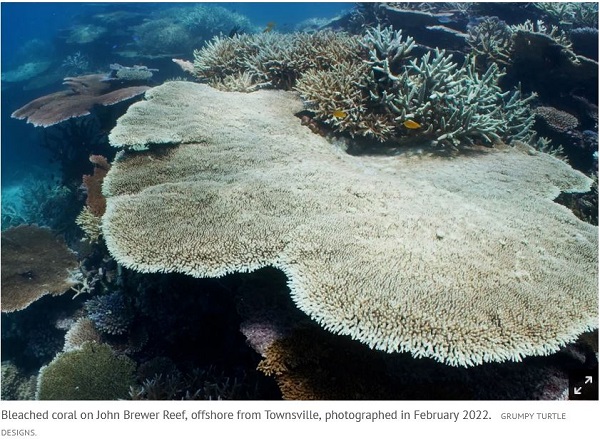


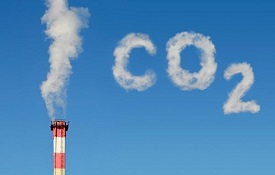
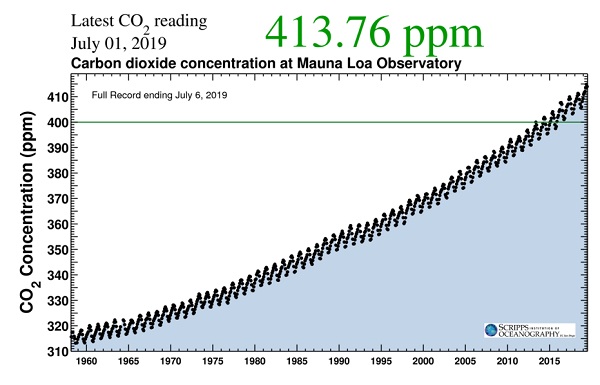
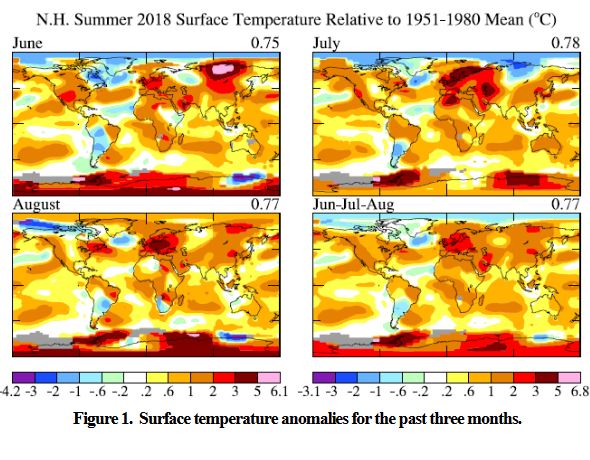
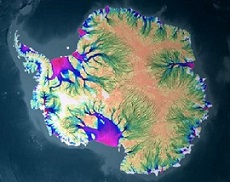 A new study has found that
A new study has found that 
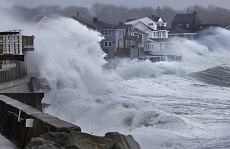 In the post
In the post  James Hansen worries that “we may be approaching a point of no return, a situation in which our children inherit a climate system undergoing changes that are out of their control, changes that will cause them irreparable harm”. He’s looked at the models, at current observations, and at what happened during
James Hansen worries that “we may be approaching a point of no return, a situation in which our children inherit a climate system undergoing changes that are out of their control, changes that will cause them irreparable harm”. He’s looked at the models, at current observations, and at what happened during